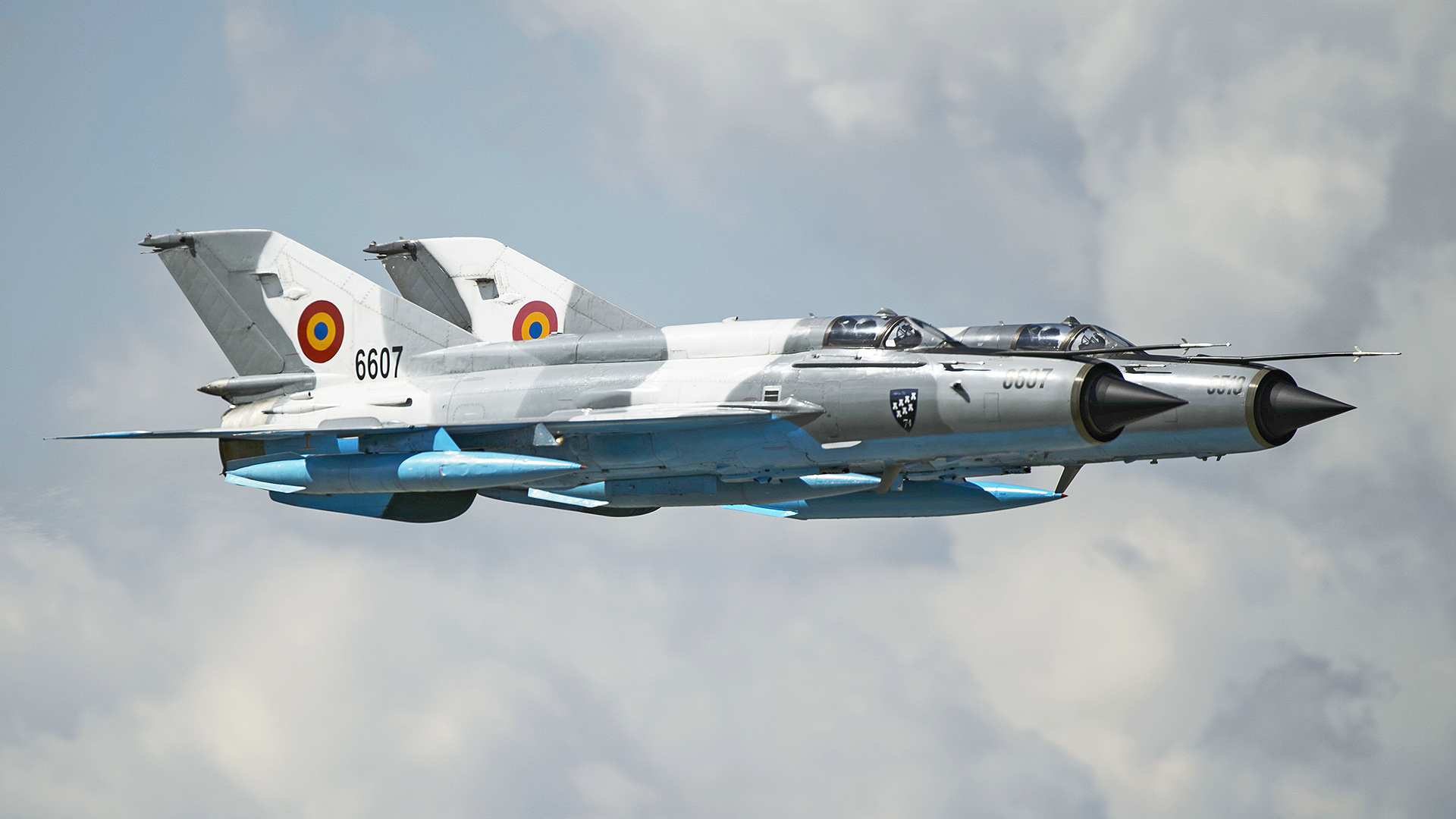Ukraine’s frantic hunt for more fighter aircraft continues as Russia’s invasion rolls into its eighth week. Deals to replenish the Ukrainian Air Force with Soviet-era aircraft that are familiar to operate and easy to maintain have come and gone. While there is still hope that the embattled country can get additional MiG-29s from a NATO neighbor, progress toward such an arrangement has been slow and has been dogged by military readiness and geopolitical issues. Meanwhile, the country’s pilots are literally begging for more fighter aircraft. And while the U.S. and its NATO partners should be training Ukraine’s pilots and maintainers on a western 4th generation fighter now, so that they can be ready to defend the country many months from now when they are ready, that doesn’t help with the urgent need. But news out of Romania could now provide a partial solution — although maybe not an ideal one for some — to Ukraine’s fighter deficit.
Romania announced today that it will be grounding its entire MiG-21 LanceR fleet after a spate of crashes, the most recent on March 2nd, and would focus on operating its growing fleet of F-16s, 17 of which are AM/BM versions it has bought from Portugal. It has 36 more F-16s on the way from surplus Norwegian stocks, too. Romania has roughly 27 MiG-21s operational, with 19 being LanceR-Cs and the rest being LanceR-Bs, the latter of which are essential two-seat trainers. A total of 111 Romanian MiG-21s were upgraded to LanceR configurations, although the C model, which focuses on air superiority, is the most advanced. Regardless, there is no lack of spare parts donors for its existing flyable fleet.
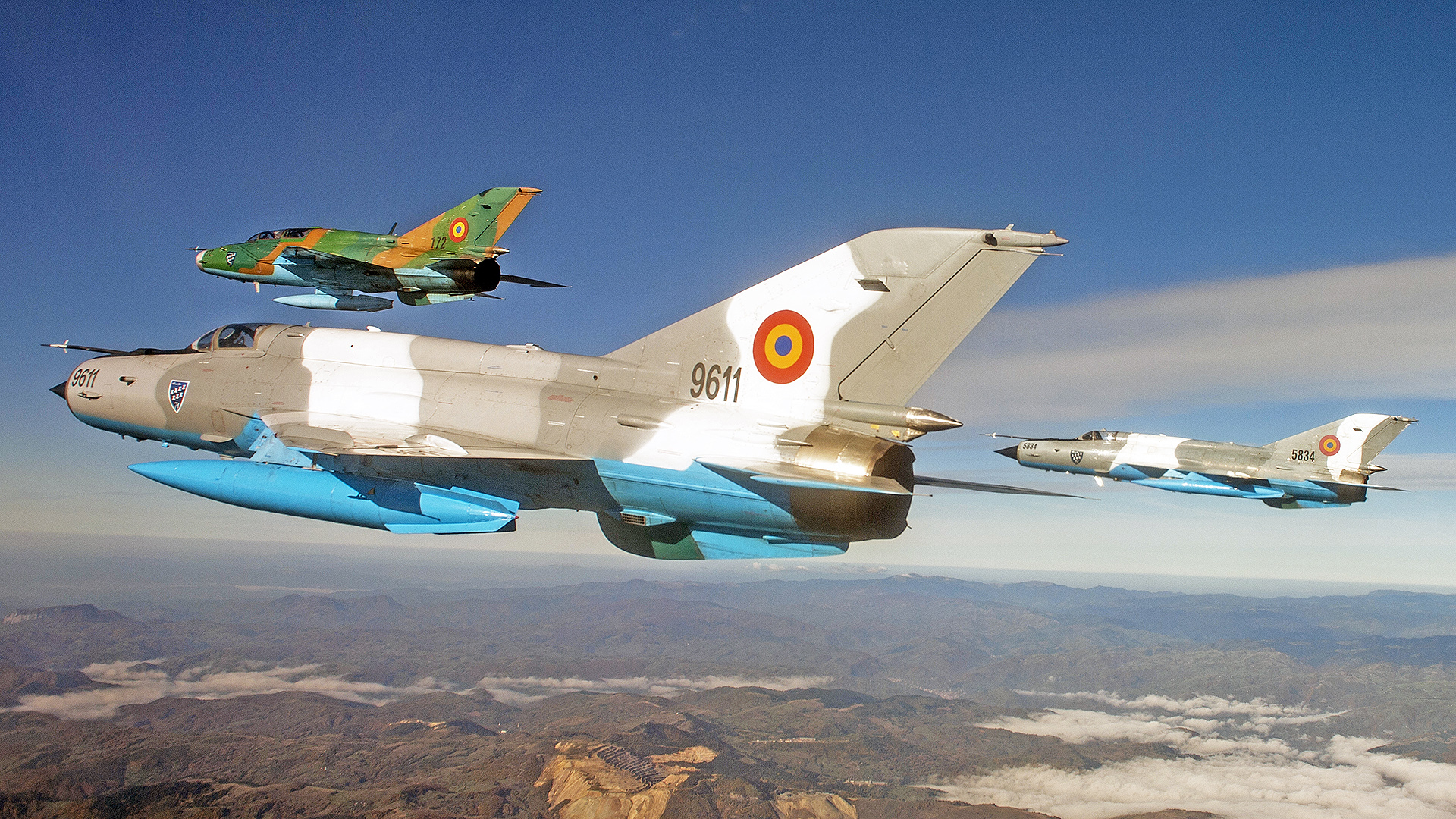
While MiG-21 Fishbeds may seem like somewhat of an ancient fighter aircraft, and they are to some degree, many of those still in active inventory are anything but equal these days. Some of these aircraft have gone through deep upgrades, outfitting them with western radars, avionics, electronic countermeasures, helmet-mounted displays, and more. While they may look very unassuming, what you get is a package that is very easy to maintain in the field and can provide high sortie rates, while also being remarkably capable. This is especially true when these aircraft are paired with creative tactics that accentuate their positive attributes — such as their small size and signature — and minimizes their deficiencies. These tactics can often include pairing the little MiGs with more powerful and larger fighter aircraft. Mix in electronic warfare and you have a remarkably deadly capability for being so inexpensive. You can read all about what a deeply-upgraded MiG-21 can do against a vastly superior force in this War Zone feature.
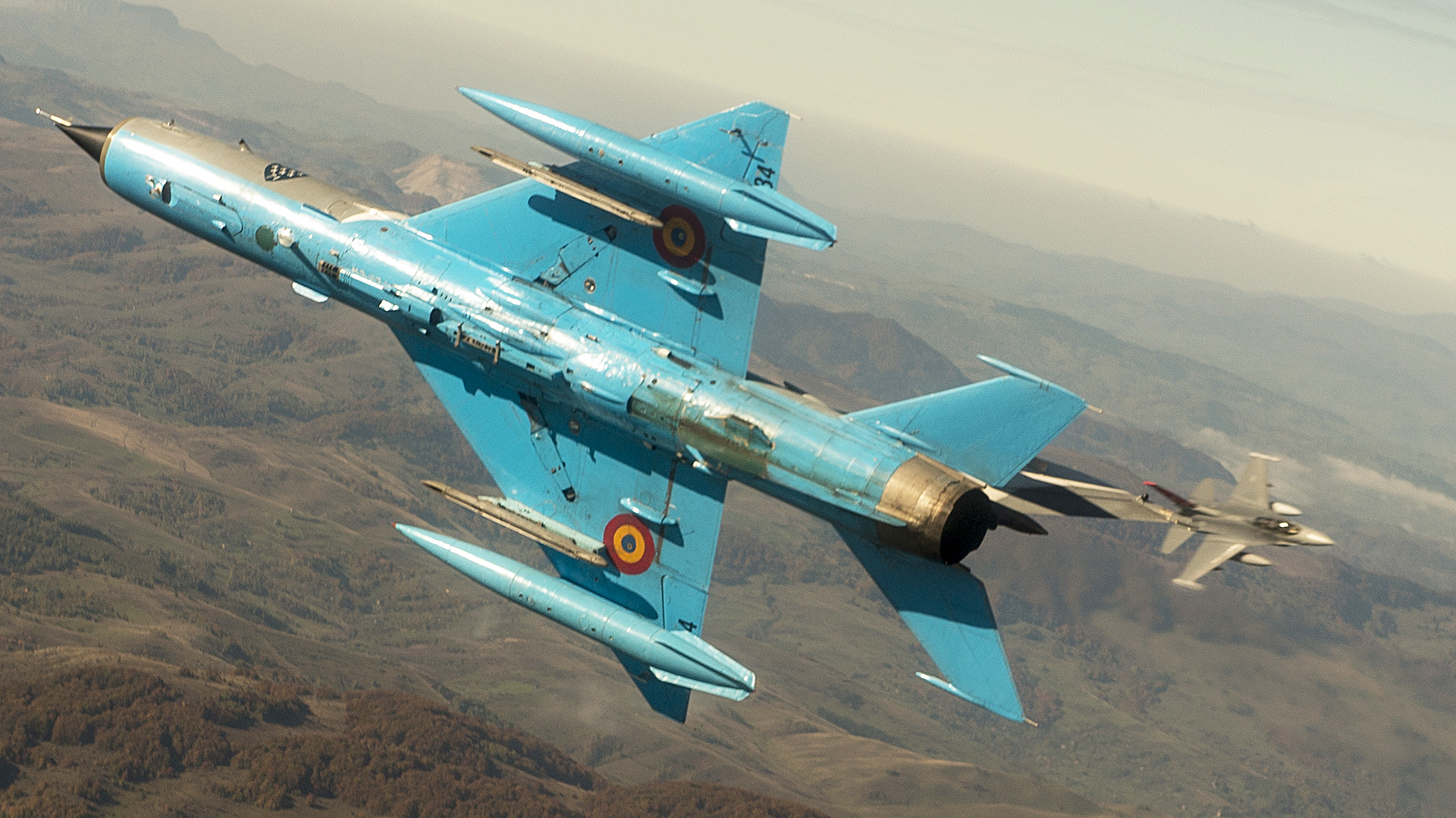
A major factor for a NATO country giving any of its flyable tactical aircraft away to Ukraine is the drop in end-strength during a time when Russia is actively threatening Europe. In fact, the invasion of Ukraine has shown how even dated fighter aircraft can prove essential to keeping Russia from gaining air superiority over a country. With that in mind, it’s not easy to hand over any of the usually limited stocks of flyable Soviet-era fighter aircraft they have. But, this is no longer the case with Romania’s upgraded MiG-21 LanceRs that are now grounded indefinitely.
The MiG-21’s safety record is very concerning, there is no doubt about it. Romania is not alone when it comes to these concerns. India has dealt with a similar reality. But, and this is a big but, these are fresh fighters that were flyable yesterday that have now been suddenly pulled out of service. Sure, this doesn’t sound great, giving another country fighters that the donating country deemed too high an accident risk. But Romania is not fighting for its very survival and it already has F-16s. It is not in desperate need of Soviet-era fighters, especially ones with a good radar and avionics.
These aircraft should immediately be offered to Ukraine, along with emergency training and ongoing support.
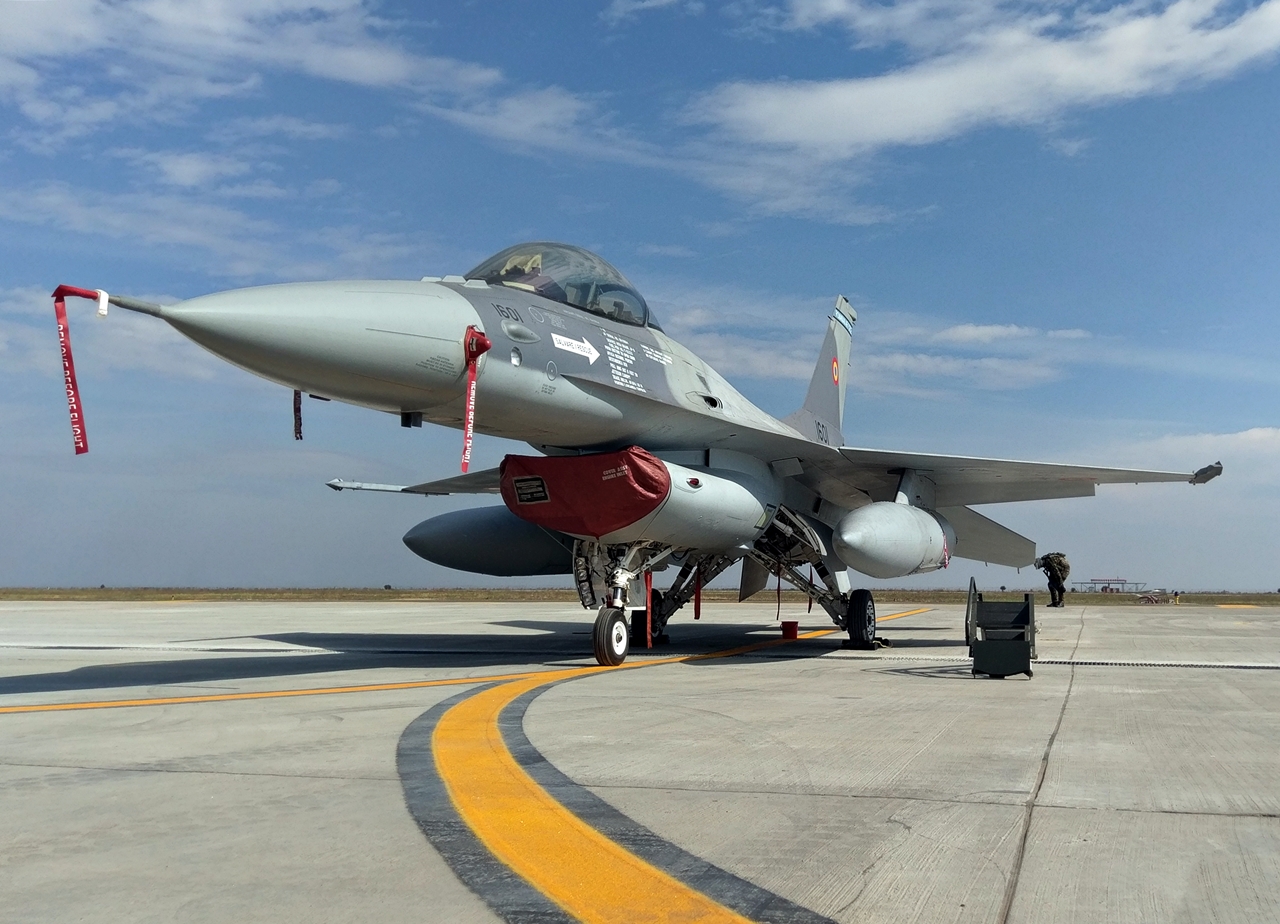
Learning to fly the MiG-21 is fairly straightforward, especially with experience in more advanced Soviet types. It is a remarkably simple machine and served for decades with Ukraine’s own air arm. In fact, Ukraine has a MiG-21 upgrade and overhaul depot, or at least did in recent years. There are plenty of people in the country with deep knowledge about maintaining and even enhancing the MiG-21.
Where the LanceR differs from other MiG-21s is in terms of its Israeli avionics, which are very similar to those found in a 4th generation fighter like the F-16. These include a totally remodeled cockpit with hands-on-throttle-and-stick, head up display, modern mission computer, multi-function displays, upgraded radios, hybrid GPS-INS navigation system, helmet-mounted display, and a defensive aid suite with a radar warning reciever and chaff and flare dispensers.
Maybe most importantly, what is at the core of the LanceR-C upgrade is the Elta EL/M-2032 multi-mode pulse-doppler radar. Broadly similar in performance to the F-16A/B’s AN/APG-66 radar, although with a bit smaller array to fit in the LanceR’s intake nose cone, it can be used in the air-to-air or air-to-ground role. Most importantly, it can detect multiple fighter-sized targets dozens of miles away. The LanceR-C can also carry the Elta EL/L-8222 self-escort electronic warfare pod that has proven to be so effective, giving them a big boost in survivability.
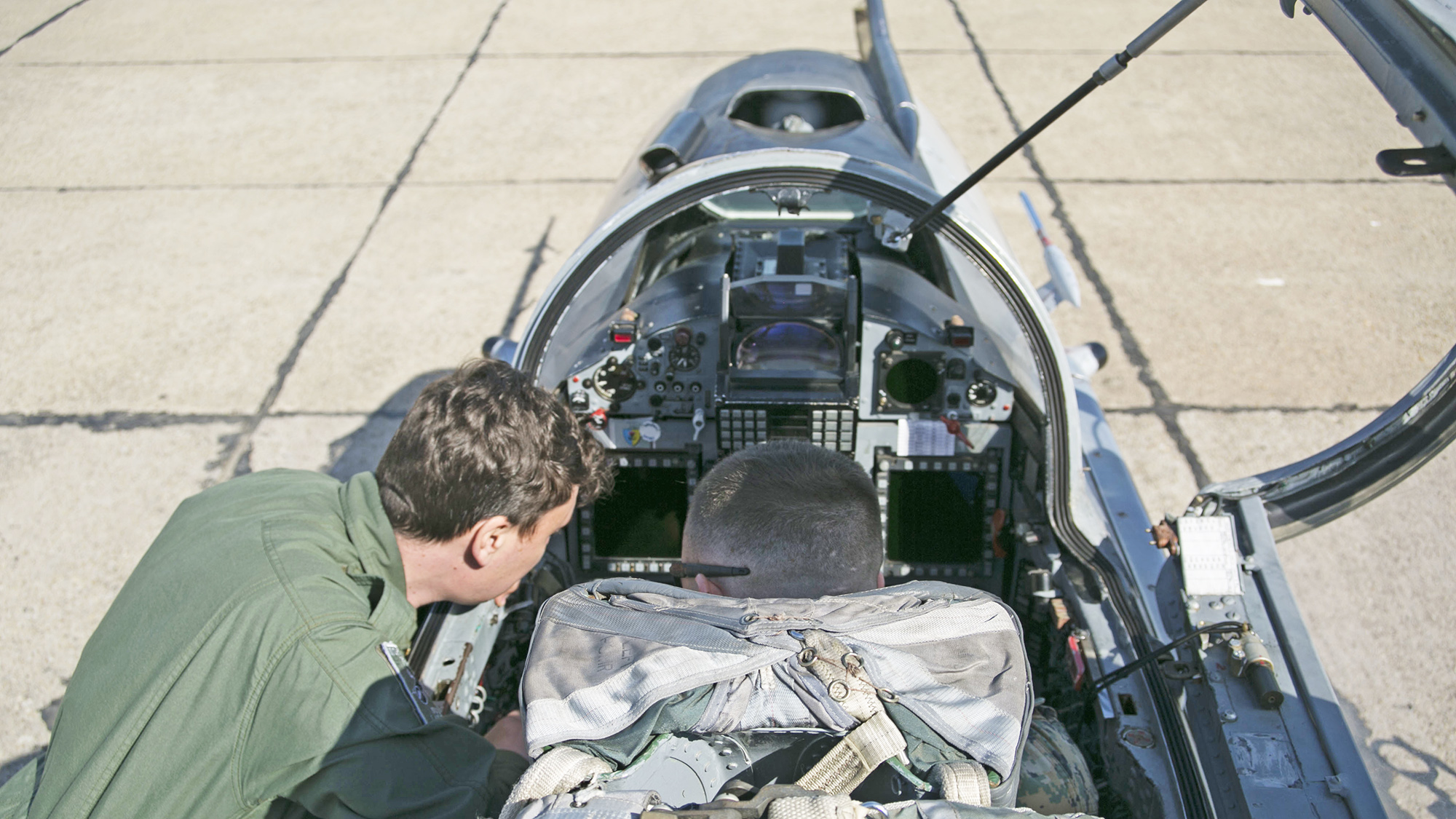
What else is so attractive is that these are multi-role fighters that could be used to employ western precision-guided weapons and targeting pods. In fact, the LanceR-Cs fly with the LITENING targeting pod today. In other words, the LanceRs could give Ukraine a big boost in strike capability and would allow for western nations to supply precision air-to-ground ordnance, such as laser-guided bombs and AGM-65 Mavericks.
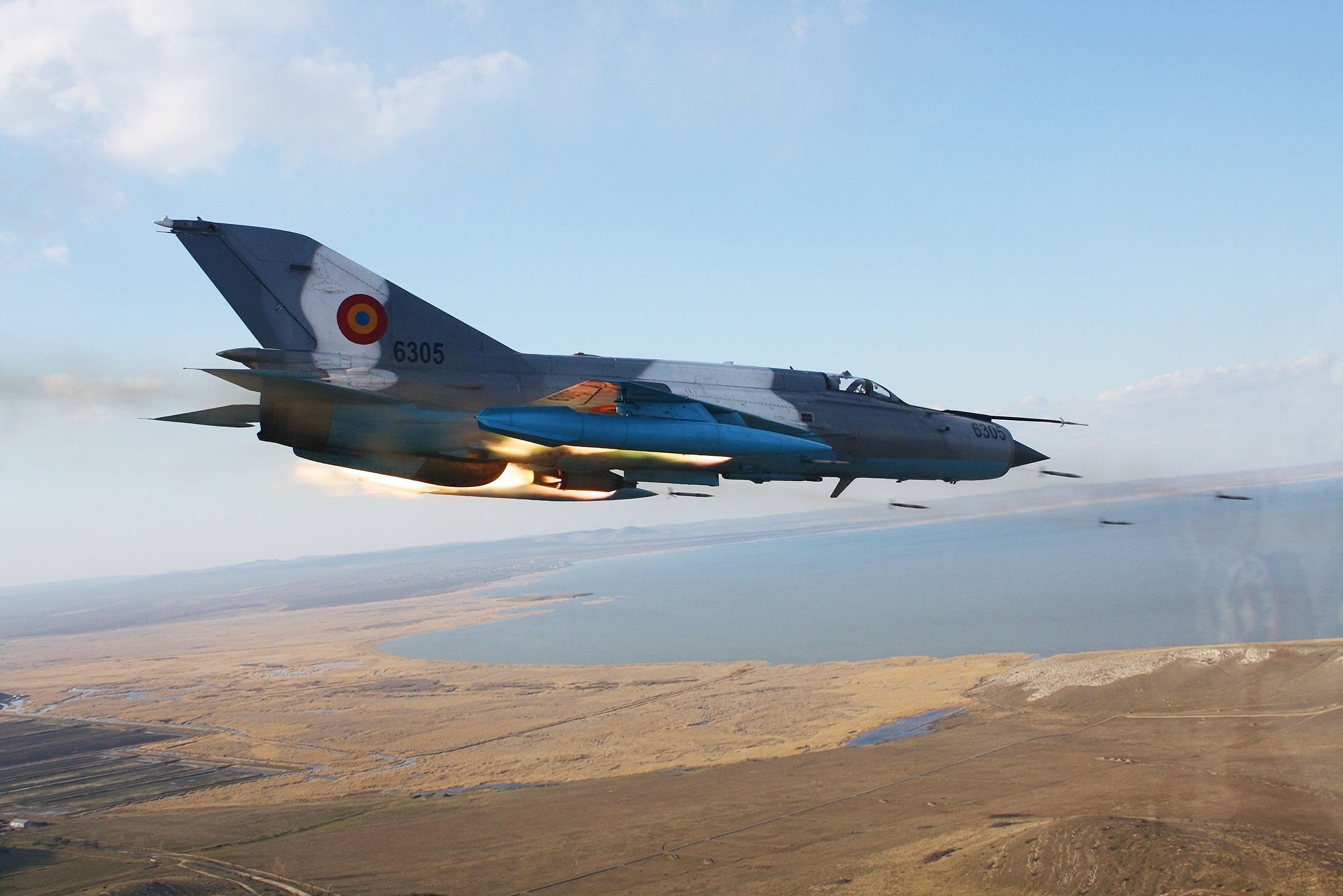
In the air-to-air realm, the jets are capable of employing a variety of weaponry, including R-60 and R-73 missiles, but also Israeli’s Python 3 and even French Magic II missiles. Other missiles, including those with beyond-visual-range capabilities, could be added, as well.
So, while Romania’s MiG-21s may seem antiquated, they are more advanced in terms of avionics and adaptability than anything Ukraine has right now. They can also use the same missiles Ukraine already has, as well as western ones, if need be. Beyond that, Romania no longer has much use for its inventory of Russian-designed air-to-air missiles, so they could give Ukraine a great boost there too.

Giving Romania’s MiG-21s to Ukraine now, sending Ukrainian pilots through a conversion program in Romania, and fielding them in-country would give Ukraine a much-needed lift in air defense and air-to-ground capacity in the near term, but that would just be step one. Working to rush western air-to-ground ordnance and targeting pods — both of which Ukrainian pilots will need to learn to use anyway with a future 4th generation fighter — into the mix would give Ukraine a serious precision air-to-ground capabilities far faster and easier than providing them via a western fighter many months, or even years, in the future.
With all that being said, at the very least, the jets should be offered to Ukraine immediately. They are far more capable than most understand them to be. And no, this does not take the place of a true western 4th generation type, but it could give the country a shot in the army of accessible air combat capacity and it would cost NATO very little to do so. Since the aircraft are grounded indefinitely, Romania won’t be missing anything, either. They have a full force of F-16AM/BMs to look forward to, but Ukraine needs fighter jets now.
Contact the author: Tyler@thedrive.com
